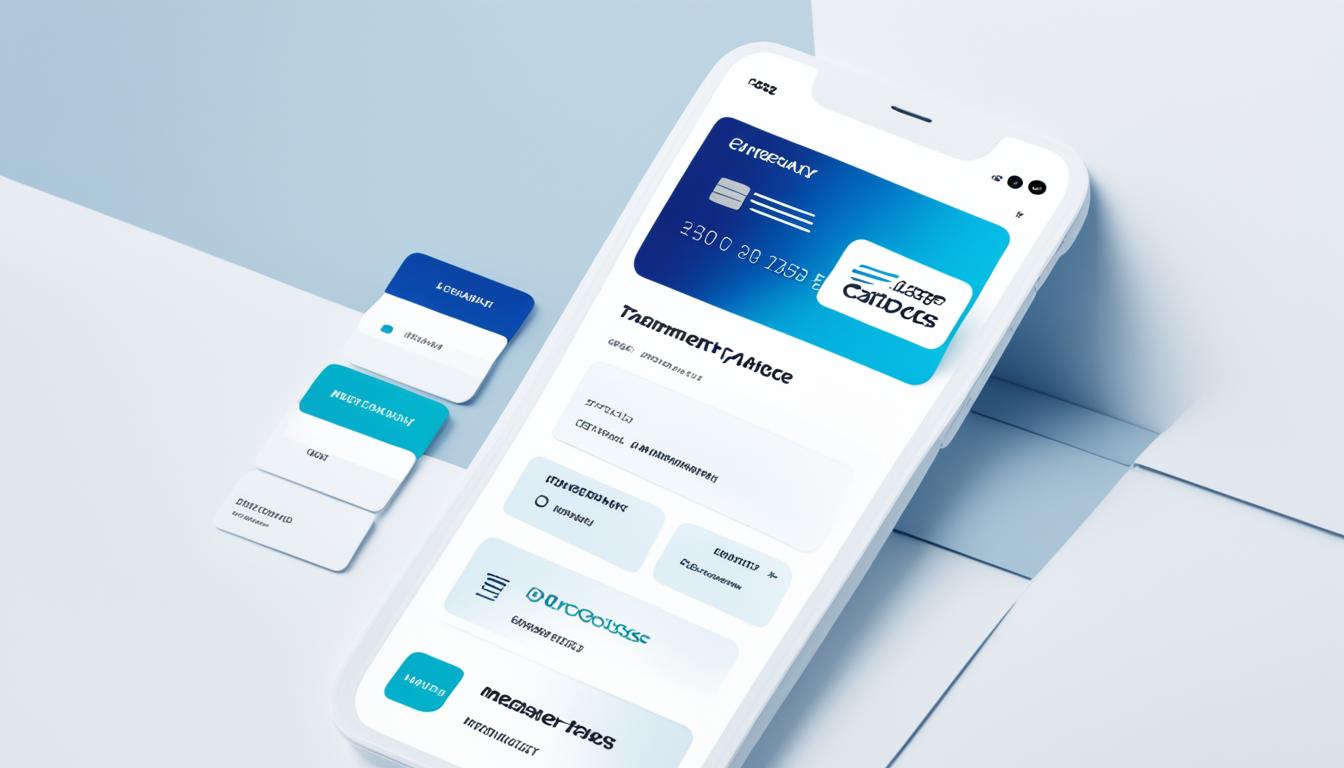When you dispute a charge, your card issuer reviews your claim and assigns a reason code. They notify the merchant’s bank, which temporarily deducts the disputed amount from the merchant’s account. The merchant can respond with evidence like receipts or delivery proof before a deadline. The banks and card networks then evaluate all information to decide whether to reverse the charge or uphold it. Want to see how each step unfolds behind the scenes? Keep exploring.
Key Takeaways
- Card issuer reviews customer dispute details and assigns a reason code before notifying the merchant.
- The merchant receives a notification and submits evidence to contest or accept the chargeback.
- Evidence is forwarded through the acquirer to the card network and issuing bank for review.
- The bank evaluates all documentation before making a final decision to approve or deny the dispute.
- Final resolution results in funds being refunded or retained, with the process involving fees and potential arbitration.

Understanding what happens behind the scenes when a chargeback occurs is essential for any merchant. When a customer disputes a charge, they typically contact their payment card issuer either by phone or through an online form. This initial step is critical because it starts the entire chargeback process. Customers might dispute charges for various reasons, such as dissatisfaction with the product or service, suspected fraud, or even friendly fraud, where the charge is legitimate but unrecognized by the customer. Once the customer reports the dispute, the card issuer gathers basic details about the claim to determine its validity. They evaluate whether the dispute warrants further action, often assigning a specific reason code that explains why the chargeback is being initiated.
When a customer disputes a charge, the issuer gathers details and assigns a reason code to start the chargeback process.
The card issuer then communicates the dispute to the acquiring bank, which manages the merchant’s account. At this point, the merchant is notified about the chargeback, often through collaborative tools that provide early alerts, giving you a chance to address the issue directly before it escalates. The acquiring bank then debits your merchant account for the disputed amount, adding a non-refundable chargeback fee. This amount is deducted from your funds, even if you plan to contest the dispute. The chargeback information is passed along through intermediaries or payment processors, ensuring all parties are informed about the claim.
Understanding the reason codes used by card networks is essential. These numeric codes specify why a dispute was initiated—whether due to fraud, merchant errors, goods not received, or product/service issues. This standardization helps streamline communication and clarifies the nature of the dispute, enabling you to craft targeted responses. When you receive a chargeback, you have the option to accept it or contest it by submitting evidence through your acquiring partner. Your response must be timely; missing deadlines results in an automatic loss. Your rebuttal should clearly outline supporting evidence, like transaction records, proof of delivery, or correspondence logs, to counter the customer’s claim.
Once you submit your evidence, the acquirer forwards everything to the card network and issuing bank for review. The issuing bank then examines the evidence from both sides before making a final decision. If they deny the chargeback, you retain the funds; if they approve it, the customer gets a refund, and you lose the sale. The issuer’s decision is typically final unless you pursue arbitration through the card network, which involves additional fees and is used as a last resort. Recognizing dispute reason codes can help you respond more effectively and reduce unnecessary losses.
This entire process greatly impacts your finances. Your merchant account is debited promptly after a chargeback, and you’re charged a non-refundable fee for each dispute. Repeated chargebacks not only increase costs but can threaten your ability to process payments altogether. To minimize these risks, early dispute resolution and robust fraud detection are essential strategies to protect your revenue and maintain a healthy payment environment.
Frequently Asked Questions
How Long Does a Typical Chargeback Process Take?
A typical chargeback process usually takes between 75 and 120 days, depending on factors like the card network and dispute complexity. You have about 45 to 180 days to file your dispute, but response times vary. As a merchant, you need to act quickly—gather and submit evidence within 20 days. Delays or missing deadlines can prolong the process or lead to unfavorable outcomes, so prompt action is essential.
Can Merchants Dispute a Chargeback Successfully?
Yes, you can dispute a chargeback successfully, but it depends on your evidence and strategy. Your chances increase if you provide strong proof like delivery confirmation or customer communication. Using professional dispute services or automated tools can boost your success rate. Keep in mind, overall success rates hover around 45%, and your success varies based on dispute type, transaction value, and industry specifics. Preparation is key to winning.
What Are Common Reasons for Chargeback Reversals?
Think of chargebacks like a tangled web—you need to untie the knots to see the true story. Common reasons for reversals include product issues like wrong or missing items, billing errors such as duplicates or incorrect charges, and fraud claims often misclassified due to limited info. Sometimes, customers dispute transactions over delays or misunderstandings. Providing clear proof and communication helps you pull the strands apart and resolve these disputes successfully.
How Does Fraud Impact the Chargeback Process?
Fraud heavily impacts the chargeback process by increasing the volume of disputes merchants face, especially from unauthorized transactions. You might find yourself dealing with higher costs, as fraud-related chargebacks cost merchants billions annually. Friendly fraud, where buyers claim refunds after receiving goods, complicates things further, making it harder to win disputes. You need to employ advanced detection tools and proactive strategies to minimize losses and improve your chances of resolving disputes successfully.
Are There Fees Associated With Filing or Defending a Chargeback?
You’ll find that there are fees involved in both filing and defending a chargeback. Typically, merchants pay a chargeback fee ranging from $10 to $50, regardless of the dispute’s outcome. Even if you win, these fees usually aren’t refunded. Payment processors and banks charge these fees to cover the administrative work and resources needed to manage disputes, so they’re a standard part of the chargeback process.
Conclusion
Now you see how a chargeback isn’t just a simple dispute but a complex dance behind the scenes. Knowing the process helps you stay ahead and avoid unnecessary headaches. Remember, it’s better to be safe than sorry—so keep your receipts and communicate clearly. By understanding what goes on behind closed doors, you’re better equipped to handle any chargeback that comes your way. Don’t let surprises catch you off guard; stay informed and in control.









